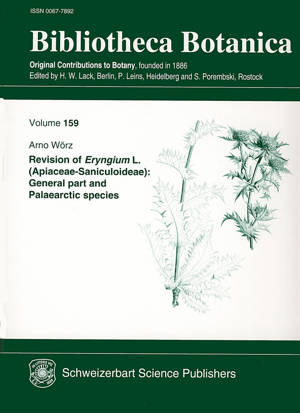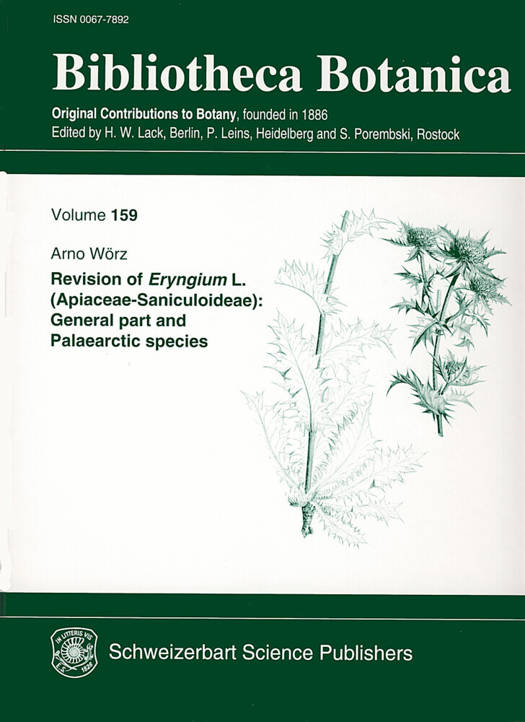
- Afhalen na 1 uur in een winkel met voorraad
- Gratis thuislevering in België vanaf € 30
- Ruim aanbod met 7 miljoen producten
- Afhalen na 1 uur in een winkel met voorraad
- Gratis thuislevering in België vanaf € 30
- Ruim aanbod met 7 miljoen producten
Zoeken
Revision of Eryngium L. (Apiaceae-Saniculoideae): General part and Palaearctic species
Arno Wörz
€ 186,45
+ 372 punten
Omschrijving
This well illustrated monograph exhaustively treats and revises the Eurasian and African species of the genus Eryngium [E:Eryngo, D:Mannstreu, F: Panicaut]. Eryngium is an annual and perennial cosmopolitan. The genus has the largest number of species (230) within the family Apiaceae. Numerous characteristics of Eryngium are considered: general morphological, chemotaxonomic and genetic characteristics, chromosome counts as well as ecological properties, distribution, fossil record and reproductive biology. Every species, every individual is part of its habitat: biological and non-biological parameters form the basis of an organism?s existence by defining its evolutionary challenges. The monograph is divided into two parts. The general part presents the general morphology and results of a cladistic analysis of Eryngium (using morphology, fruit anatomy, ecological data) and compares these with genetic data. The results validate the classification of the genus into five subgenera (subgg. Eryngium, Monocotyloidea, Semiaquatica, Foetida, and Lessonia) and lead to the description of a small new subgenus, E. subg. Ilicifolia. The special part of this revision treats 61 Eurasian and North African species in detail, providing descriptions, distribution maps, illustrations and keys for identification. Herbarium studies form the basis of this work. Phytosociological data serve as indicators for ecological requirements. An extensive list of more than 600 references, supplemented by lists of valid and illegal names rounds up this volume.
Specificaties
Betrokkenen
- Auteur(s):
- Uitgeverij:
Inhoud
- Aantal bladzijden:
- 498
- Taal:
- Engels
- Reeks:
- Reeksnummer:
- nr. 159
Eigenschappen
- Productcode (EAN):
- 9783510480302
- Uitvoering:
- Hardcover
- Afmetingen:
- 230 mm x 310 mm
- Gewicht:
- 2060 g

Alleen bij Standaard Boekhandel
+ 372 punten op je klantenkaart van Standaard Boekhandel
Beoordelingen
We publiceren alleen reviews die voldoen aan de voorwaarden voor reviews. Bekijk onze voorwaarden voor reviews.











